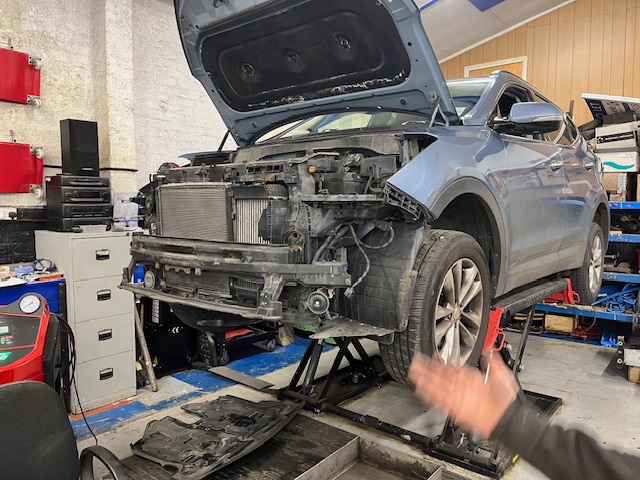The car radiator and the cooling system overall is made up of a number of important connecting parts. One of these is the radiator pressure cap. But what is this, and what are the signs of a faulty car radiator pressure cap?
What is a car radiator pressure cap?
The radiator pressure cap is a small but very important component of a car’s cooling system. It is designed specifically to maintain the proper pressure within the cooling system, which allows the coolant to circulate efficiently and absorb excess heat from the engine.
The cap is designed to keep the cooling system under a specific amount of pressure (usually around 13-16 psi in most vehicles). This pressure increases the boiling point of the coolant, ensuring that it can absorb more heat before vaporising, which helps to keep the engine cool under various operating conditions.
What is the role of the radiator pressure cap?
The radiator pressure cap plays a number of important roles, including:
- Pressure regulation- The main role of the pressure cap is to maintain the cooling system’s level of pressure, which helps to prevent the coolant from boiling off at high temperatures.
- Coolant recovery- The radiator cap also facilitates the movement of coolant between the radiator and the coolant reservoir. When the engine heats up, the coolant expands and flows into the reservoir. When it cools down, the vacuum created pulls the coolant back into the radiator.
- Sealing the system- Finally, the radiator cap also seals the cooling system. This is essential for preventing coolant loss and reducing the opportunity for contamination from external sources.
What are the most common signs of a faulty radiator pressure cap?
There are a number of signs associated with a faulty radiator cap, and these include:
- Overheating engine- One of the most common signs of a faulty pressure cap is an overheating engine. If the cap cannot maintain the correct pressure, the coolant might boil off, reducing its ability to absorb heat, and this increases the temperature of the engine, leading to overheating and engine failure. This can be particularly noticeable during long drives or in stop-and-go traffic.
- Coolant leaks- While there are a number of different factors that can cause coolant leaks, a defective pressure cap can also lead to this. This is because a pressure cap that doesn’t seal properly can allow coolant to leak out. You might notice puddles of coolant under your car or around the radiator and pressure cap.
- Collapsed radiator hoses- A malfunctioning cap can create a vacuum within the cooling system when the engine cools down. This vacuum can cause the radiator hoses to collapse because of the lack of pressure equalisation.
- Air in the cooling system- Finally, if the cap fails, it can allow air to enter the cooling system, creating air pockets. These air pockets reduce the coolant’s efficiency and can lead to hot spots within the engine, resulting in overheating.
Here at MRS Heat Transfer we are radiator, car heater, intercooler, and air conditioning experts, and we have the skills, knowledge and expertise to resolve any air conditioning or car heater problem. Why not get in touch today to find out more?

